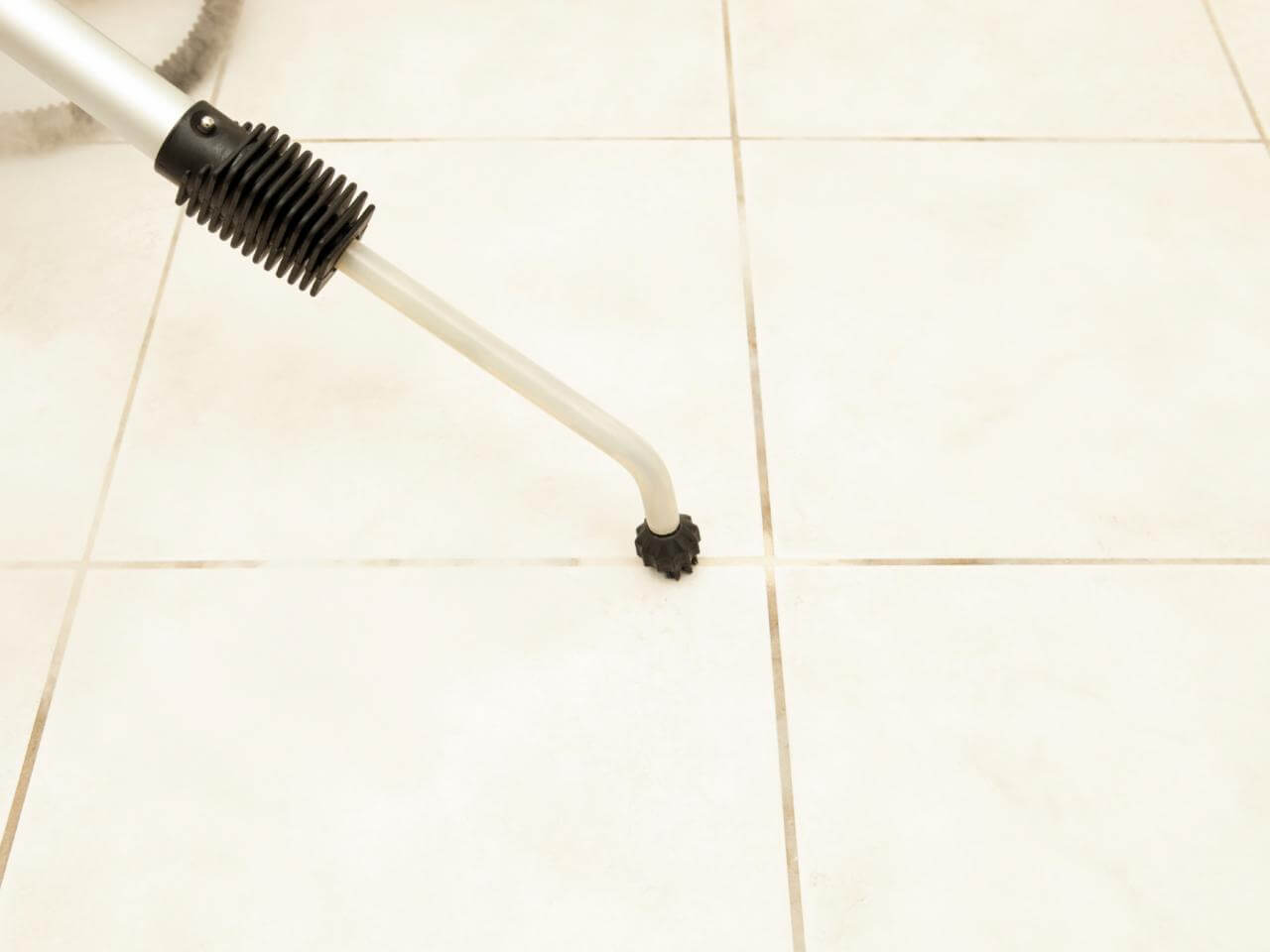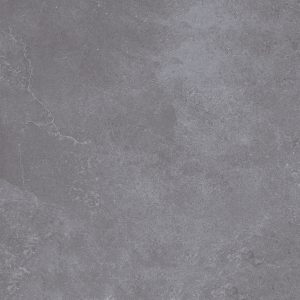
Just like people, tiles come in many different shapes and sizes. Depending on where you’re installing your tiles as well as your personal preferences, there are different factors at play that will determine whether you should choose large or small format tiles.
Choosing the right-sized tile is much more complex than just finding a tile that will fit in the space. Different tile sizes have different visual impacts as well as different practical components that cater to the room’s requirements. If you’re choosing a tile for your shower versus choosing a tile for your dining area—each area requires different-sized tiles to improve the functionality of the space.
In this blog, we unpack everything you need to know about small and large tiles to ensure you choose the right tile for your project.
Size of the room
It might sound obvious but one of the most important factors to consider before you decide whether to install large or small tiles is the size of the room. A wide and spacious home with an open kitchen and dining area will suit large format tiles. Alternatively, a small home, unit or apartment might better accommodate small tiles. It’s important to acquire the room’s measurements to get a better understanding of how the tiles will fit into the room.
For wall tile installations, the same logic applies. Once you have measured the length and width of the surface, you can consider the dimensions of the tiles and get a better understanding of the project at hand.
Tile size and grout lines
The smaller the tile, the more grout lines you will have on your surface. The grout line is the gap between one tile to another. Grout lines are essential, allowing for dilation of the floors and natural settling due to structural movements and variations in temperatures. Although 0 grout line is impossible, there are options for those seeking a minimal aesthetic with little grout lines as possible.
For customers who are seeking flooring with no grout lines, we would recommend large format tiles. Large format tiles have grown in popularity due to their striking appearance featuring minimal grout lines. Large format tiles are big in size varying from: 500mm x 1000mm, 1000mm x 1000mm, 1000mm x 3000mm and 1440x3200mm. The result is a surface with nearly no visible grout lines.
Tile installation
Although some people might think that large format tiles will be easier to install due to their larger size, however, this isn’t the case. Large-format tiles require different skills compared with regular tiles. This is important to keep in mind when choosing your tile installer. It’s best to choose a tile installer who has experience working with large-format tiles so that you can rest easy knowing that your project will be completed to a high standard.
Large vs. small tiles
If you have the luxury of choosing either large or small tiles, you might be struggling to make a final decision. To help with your deliberation, allow us to break down the main factors you want to keep in mind:
Aesthetics
Arguably the most important factor to consider when choosing large or small tiles. Whilst large format tiles offer a seamless and chic surface that can elevate any room, small tiles can offer more creativity. Small tiles add character and charm with the option to create different patterns and play with colour. Large format tiles however are often one colour and mimic textures such as marble, cement and/or wood.
Ultimately, large format tiles will look modern, stylish and expansive. Small format tiles will offer fun, creative and interesting patterns.


Functionality
Both large and small format tiles can accommodate different spaces. From kitchens and bathrooms to dining areas and bedrooms—both options can accommodate a wide variety of needs.
If you’re installing tiles in your kitchen or bathroom, it’s important to consider slip resistance. For both residential and commercial settings, slip resistance is a vital feature to include in your ceramic tiles to prevent accidents from occurring. Ensure to check the tile description or consult with one of our tile experts if you need slip resistance.
Maintenance
Those who choose large-format tiles will be delighted to discover that large-format tiles require less maintenance. Considering there are fewer grout lines, and in some cases no grout lines, between large format tiles, there’s less vigorous maintenance required.
Tiles with a rectified edge require less maintenance due to their straight edges allowing for less gap between tiles. Tiles with a rectified edge generally have a gap between 1-2mm rather than 2-5mm, which greatly aids the cleaning process.

Tile questions?
If you’re still unsure about how much space you’re going to need for tiles, or how many tiles are needed for it, you can contact Ceramic Tile Supplies for more information. Our team will ensure that you’re given all the help and advice that you need so that you can get the best tiles for your home!


































